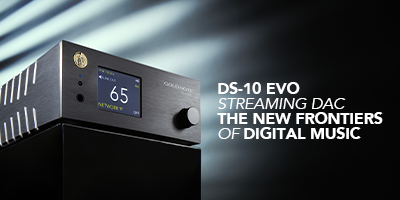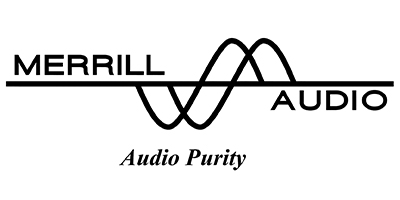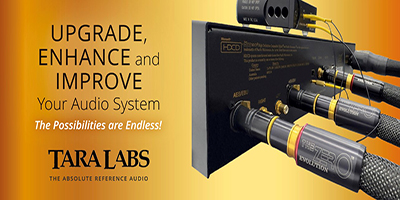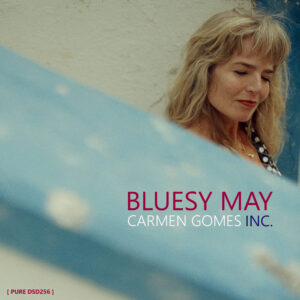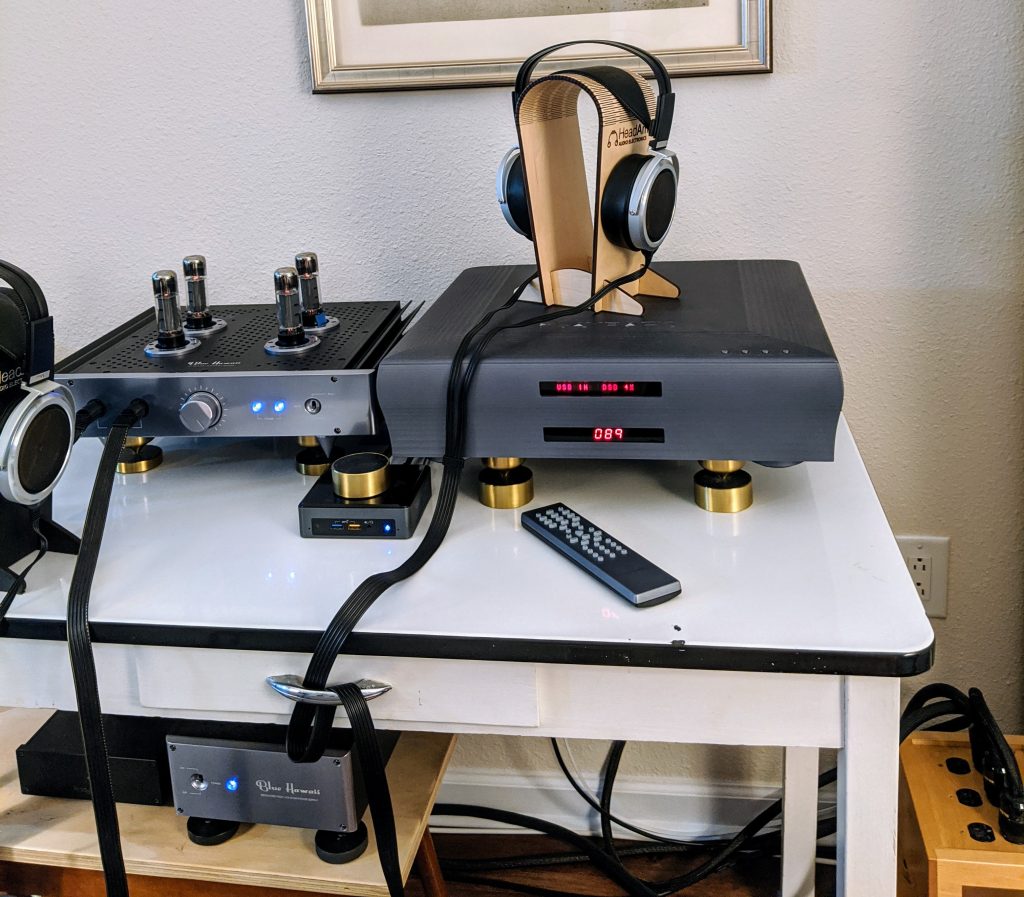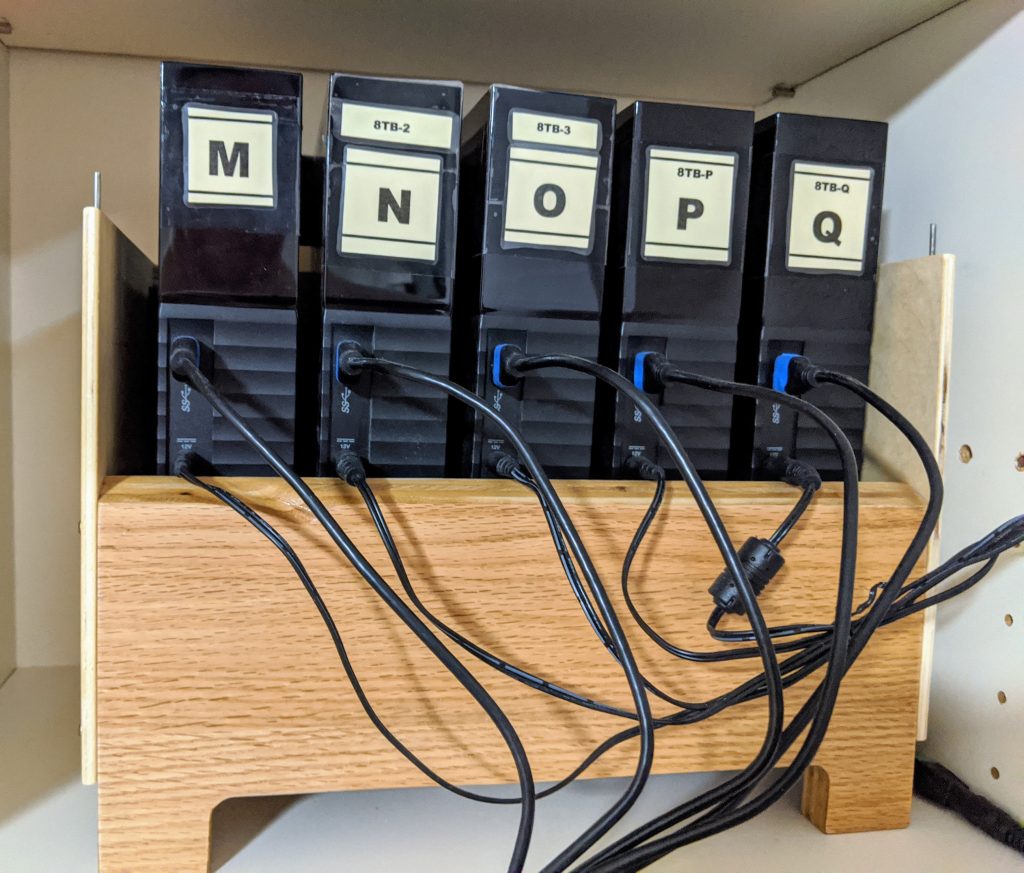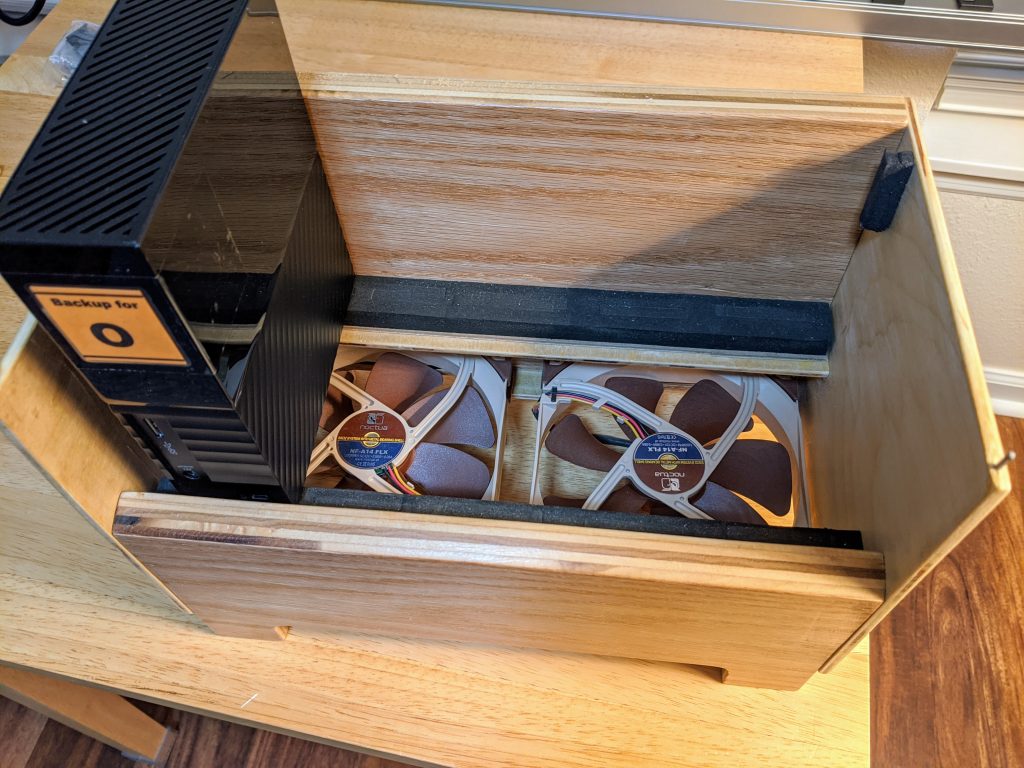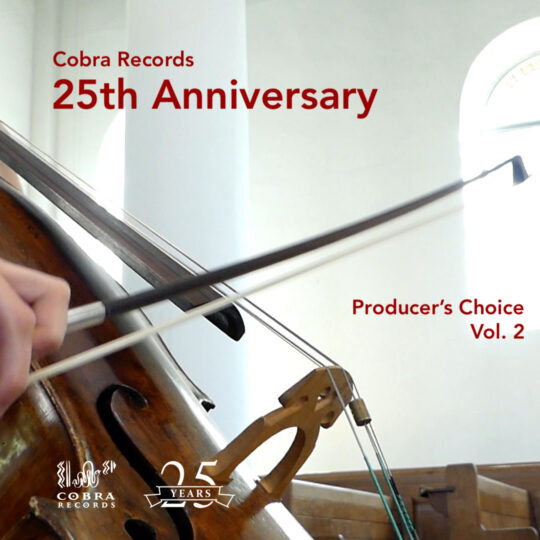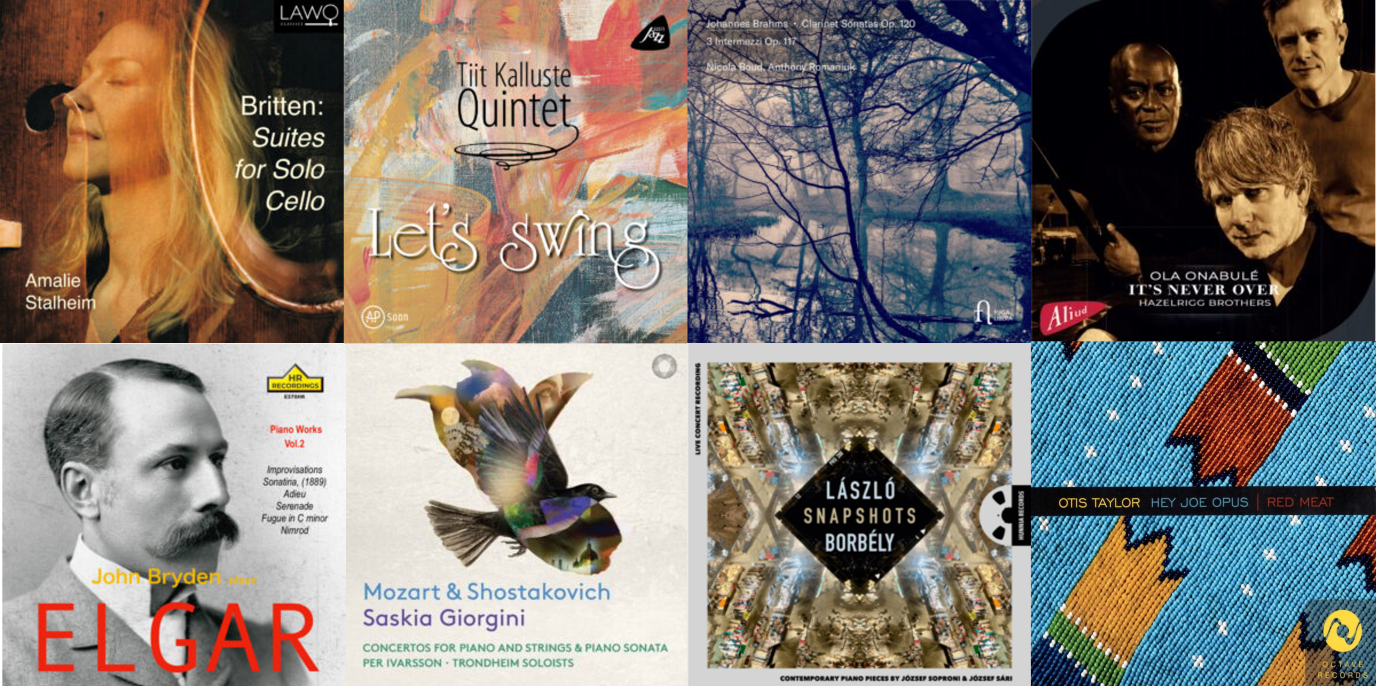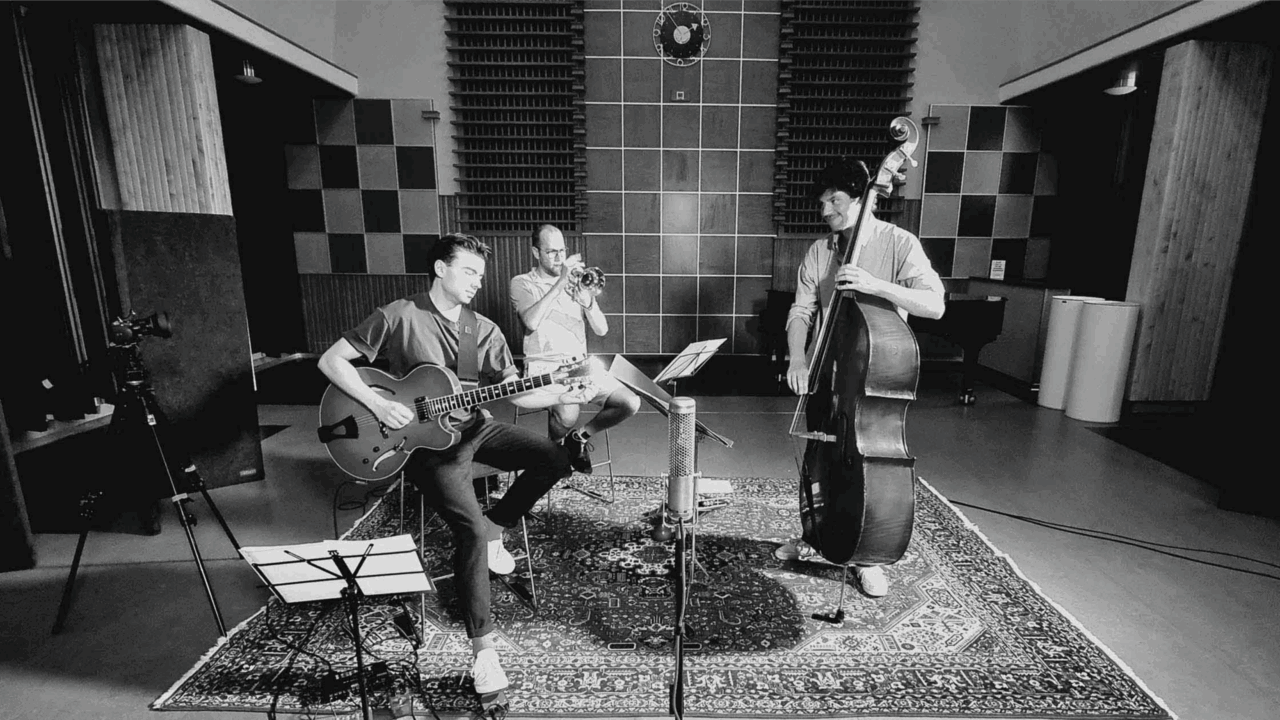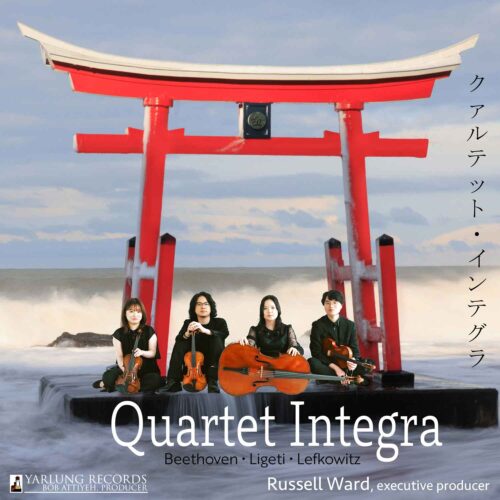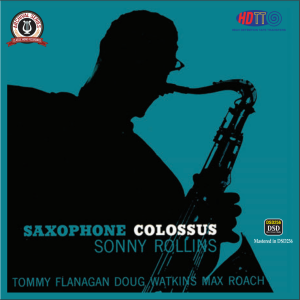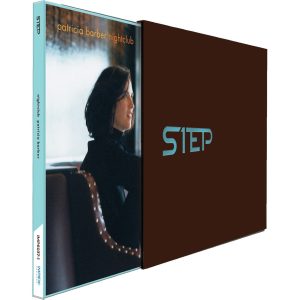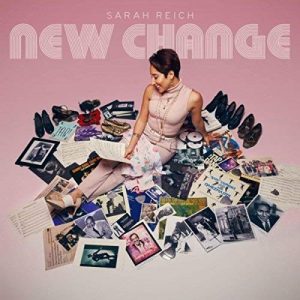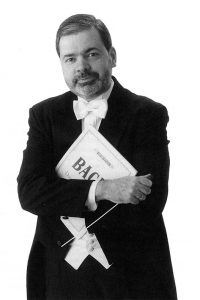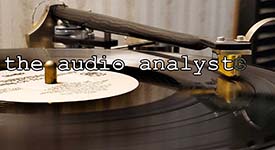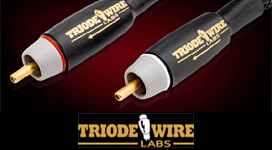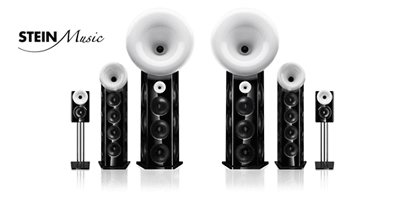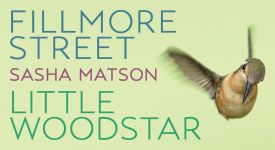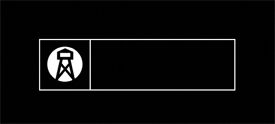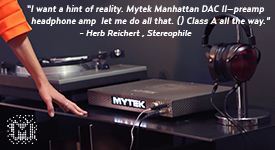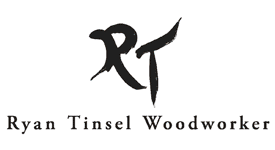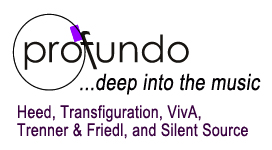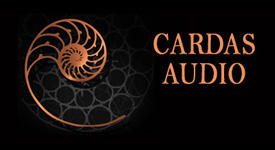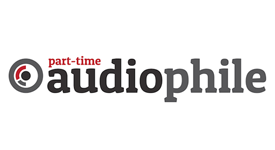Oh yes! I am excited about this. I am in love with this. Why? Because this is what audio should be.
Frans de Rond, founder and recording engineer for Sound Liaison has released a stunning new album in Pure DSD256 with Carmen Gomes Inc. It is phenomenal. It is clarity, purity and utter transparency at its most compelling. The sound is authentic, it is real, it is utterly transparent with a timbral accuracy rarely heard.
Some months ago, Frans posted on his blog (HERE) that he'd realized just how amazingly good and natural and true to music recording in Pure DSD256 is. (Not could be, "IS".) At the time Frans released a very nice taste of what might come from Sound Liaison in future projects, and I wrote about this at the time:
Sound Liaison Releases a Pure DSD256 One-Mic Stunner, With Free Download Sample Track
Then things went quiet because there were other projects already in the pipeline that had been recorded in his prior standard format of DXD. Those projects got released. And I waited. Then TONIGHT Frans sent me a link to download his newest project in collaboration with one of my favorite blues singers, Carmen Gomes, and her band Carmen Gomes Inc. The album in Bluesy May, and it is in Pure DSD256-Analog Mixed. And it sounds incredible. I need to tell you more about it.
Carmen Gomes Inc - Bluesy May. Sound Liaison 2025 (Pure DSD256-Analog Mixed, Stereo) Edit Master Sourced HERE or HERE
First, the music... It is that sensuous, slow, bluesy sound that Carmen Gomes is so well known for. She uses her rich, sensual, flexible voice to render that most well inflected, highly communicative, songs of any jazz/blues singer today. And when she sings, she wraps a warm embrace around her band and her audience in some of the most intimate sharing of music I know. Just listen to her empathetic rendering of Blind Willie Johnson's "Nobody's Fault But Mine."
As she leads, her band plays to and for her as much as for us. It is complete mind blend among these musicians who have performed together for so long: Carmen on vocals, Folker Tettero on guitar, Peter Bjørnild on double bass, and Bert Kamsteeg on drums. They perform together in a give and take that is a pure pleasure to experience.
From the slow, dark shuffle of "No Good Man," to the tender, romantic glow of "Darker Still" (celebrating the Scandinavian Mørke Time tradition), this album unfolds a passage through emotion and time. Ray Charles' heartache in "Don't Let the Sun Catch You Crying" gives way to the gospel intensity of Blind Willie Johnson's 1927 penned "Nobody's Fault But Mine," while Carmen's "Heard It All Before" tells the story of betrayal with wry honesty. "Comes Love" celebrates joy and romance, contrasting beautifully with the wistful sadness of "I'll Look Around" and the envy of "My Man's Got a Woman." The album closes with "Long Lost Love," a deeply personal farewell to Carmen's late grandfather.
This is an album of music to savor. Sit quietly and enjoy this just as the audience during this live recording must have savored it.
And then there is the sound quality... Frans applies his single microphone recording technique to place his Josephson C700S three-capsule stereo microphone in just the right position relative to the musicians and the room, also moving the musicians around to achieve that perfect balance of room and instruments. As Frans describes it, his objective is to "sculpt the soundstage through precise placement, guiding the musicians to move within the acoustic field rather than adjusting with electronics."
This is finely judged through long experience and careful listening. The joy of the single microphone technique is that phase issues, that are the bane of spaced two (and more) microphone recordings, are completely eliminated. The resulting image is solid, completely stable, and three-dimensional.
The recording space is the legendary Studio 2, Heuvellaan Hilversum (former MCO) that has hosted artists such as Ella Fitzgerald, Lester Young, Oscar Peterson and many more. Frans says, "The room has remained in its original state since those golden years, its acoustics offering a natural warmth and clarity that shape the sound as much as the instruments themselves. In such an environment, equalization becomes unnecessary, the room provides the balance, depth and tonal richness that modern technology can only hope to emulate."
Carmen Gomes Inc recording session, May 25, 2025, Studio 2, Heuvellaan Hilversum
So far, this is classic Sound Liaison, Frans de Rond process. You will hear this in most of the recordings they have released.
What comes next, however, is new. The microphone feed is tracked to DSD256 via a Merging Horus A/D converter. No longer is it tracked to DXD. And then, the DSD256 tracks are mixed via a high-end analog chain, with just a subtle touch of reverberation from the TC Electronic 6000 via a fully refurbished Studer 961 analog mixing desk (vintagetools.de). And then from the analog mixed signal to DSD256.
And the result? Oh yes, indeed. The result is just gorgeous. It is an utter joy to hear.
Frans describes this well: "DSD256 has a character reminiscent of the finest analog tape: rich, dimensional, and organic, yet free from hiss or noise. Recorded from a single point, the session maintains complete phase coherence, preserving the natural relationships between instruments and voices, with no crosstalk to disturb the precise imaging. DSD captures every transient and harmonic nuance, making equalization and compression almost unnecessary. The music reveals its own place in the room, unfolding with the authenticity, warmth and presence of a live performance. What you hear is not a construction of sound, but the music in its truest, most honest form."
Carmen Gomes during recording session, May 25, 2025, Studio 2, Heuvellaan Hilversum
The overall process is "Pure DSD256-Analog Mixed," applying the terminology developed by Tom Caulfield (NativeDSD's mastering engineer) that we have discussed in recent articles. Tom does the DSD mastering, including any required DSD mixing with HQP Pro, producing the various Pure DSD and PCM deliverable formats. You will see him credited for the DSD mastering on Pure DSD releases from Eudora Records, Yarlung Records, Hunnia Records, Cobra Records (their recent 25th Anniversary Producer's Choice release to which you need to be listening), Channel Classics, Pelle D'oca, Just Listen Records, and now Sound Liaison.
Fran de Rond wrote a very interest post for Sound Liaison's Blog discussing his rediscovery of analog mastering in combination with DSD256. To read his comments about returning to his analog roots after spending so much of his professional career immersed in PCM digital sound processing was a gratifying experience for me. I asked him if I could share this with our Positive Feedback readers as a reposting, and he graciously agree. So, with his permission, I repost his article below. You can find the original on the Sound Liaison website, HERE.
Mixing in the Analog Domain
Rediscovering the Lost Mojo
By Frans de Rond, Engineer at Sound Liaison
When I began my career as a recording engineer, the very first digital technologies were just appearing on the horizon. But in those early years, my world was still completely analog. Recording meant placing a microphone, routing it through a mixing console, and capturing it on a multi-track tape machine. Mixing meant taking that multi-track tape, running it back through the console, and printing a stereo master on a two-track tape machine. The entire process was tactile, immediate, and deeply connected to the physical medium.
Then came the digital revolution. When the first digital workstations arrived, the possibilities felt endless. Suddenly, you could manipulate sound in ways that had never been possible before. You could align notes perfectly, correct pitch with precision, and use a vast arsenal of plug-ins to shape the sound with EQ, compression, and effects. Most of these plug-ins were (and still are) modeled on classic analog gear. At the time, there were questions about sound quality, but over the decades digital processing made huge strides forward.
Now, forty years later, an entire generation of engineers has grown up working exclusively in the digital domain. Many of them have never experienced what it is like to record and mix entirely in analog. And as a result, that particular "sound"—the analog mojo—is slowly disappearing from our collective memory.
Music lovers who still spin vinyl records on a high-quality turntable know what I am talking about. There is a presence, a warmth, an emotional immediacy that is different from the polished precision of digital.
This year, as I started recording in DSD256 at Sound Liaison, I made a decision that brought me back to my roots: I installed a fully refurbished Studer 961 console(vintagetools.de) for monitoring and mixing. I was blown away by the quality of this 40-year-old desk. The sound was so inspiring during playback that I decided to take the bold step of doing the full mix through the Studer as well.

And what happened surprised even me. Compared to mixing entirely in PCM, something intangible returned. Something I could only describe as familiar, a sound from the past, a sound we had somehow lost along the way.
The realization hit me hard: blinded by the limitless possibilities of digital recording and mixing, we had unknowingly thrown away something valuable. With the Studer in the chain, the sound and the mojo were back.
The experience is almost overwhelming. It feels like listening to a finished album rather than a session that still needs fixing. Instead of reaching for endless tweaks, the music itself takes over. There is a natural flow, a depth, and a three-dimensional quality that simply draws you in.
Sometimes I wonder: am I just imagining this? Am I nostalgic for something that isn't really there? But again and again, the musicians themselves confirm it.
A few weeks ago, drummer Bruno Castellucci was sitting on the studio couch listening to playback. After a few minutes he turned to me and said: "Man, the sound I lost in the 90's is back again." That gave me goosebumps. Because I knew exactly what he meant.
And speaking of goosebumps, that has become the norm when playing back a DSD256 recording through the Studer 961. Time after time, both musicians and listeners react physically to the sound. It's not just "a good take" or "an emotional performance." There is something more, something harder to define. With PCM recordings, we often felt that a take was strong, but there was always a subtle sense that something was missing. With the Studer and DSD256, that missing element suddenly reveals itself.
It's like the famous story of the Native Americans not recognizing Columbus's ships when they first appeared, simply because they had no frame of reference for such a thing. In the same way, many of us no longer hear the analog mojo because we've never experienced it, or we've forgotten what it sounds like. But once you hear it again, you know instantly what was lost.
At Sound Liaison, we are passionate about capturing performances with the highest possible fidelity, using DSD256 technology and now also embracing the analog domain for mixing. The combination is breathtaking. It is as if the best of both worlds, the precision of modern digital recording and the soul of analog mixing, come together in a way that is both timeless and new.
For me, mixing in the analog domain is not about nostalgia. It is about reconnecting with an authenticity that too often gets buried under layers of digital perfection. It is about sound that moves you before you even realize why. It is about bringing back the goosebumps.
And this journey has only just begun.
To be continued…
Frans de Rond

